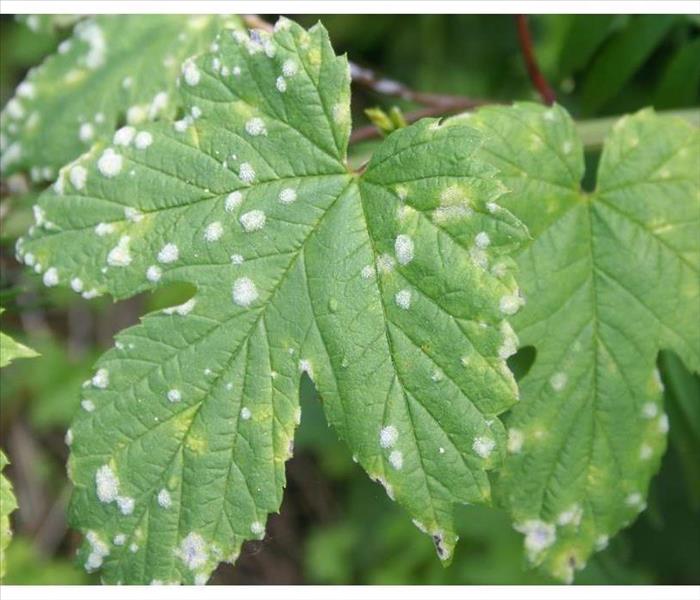Can I Save My Plants From Mildew?
10/29/2021 (Permalink)
Once you find mildew on your plants, you may despair of ever saving them; plants are often delicate creatures, and the slightest blight can completely destroy them. Yet with a little love, care, and judicious oversight, you can save your plants from the unsightly, murderous blotches of plant mildew. All you need is a little extra time, care, and a sunny spot in your Luther, OK, home.
Getting Rid of Plant Mildew the Safe Way
You can recognize plant mildew as a powdery white substance growing on the leaves and stalks of your plants; the effect mildew has of obscuring the plant’s leaves can interfere with photosynthesis, weakening your plants when they can’t absorb enough light. Some mildews are plant-specific, while others can cross species. Here are a few things to do with your mildew plants:
1. Don’t use harsh mildew cleaners. These might work for inorganic surfaces, but they’re brutal on your plants.
2. Immediately separate your plants. Keeping your plants separated can prevent the mildew from hopping from one plant to the next, and can stop an infected plant from re-infecting a recently cured plant.
3. Move your infected plants to a sunny spot. Making sure they get more sunlight can help your plants survive while mildew growth is eradicated.
4. Cut away the infected portions. If you can fully cut off the leaves and stalks blighted with plant mildew without killing the plant, do so. Cut away as much as possible to eliminate any areas for regrowth.
5. Move the plant outside if the weather is not too wet, and use fungicides or mildewcides that are safe for plants. Make sure you check before buying; many will list which plants they can help and which they can harm, or the types of plant-specific mildews they treat. Professionals may also be able to consult on this.
6. Water plants from the roots. This way you won’t add more moisture to feed the plant mildew on leaf surfaces.
7. Weed and clean around your plants. Dead leaves and weeds can contribute to mold.



 24/7 Emergency Service
24/7 Emergency Service
